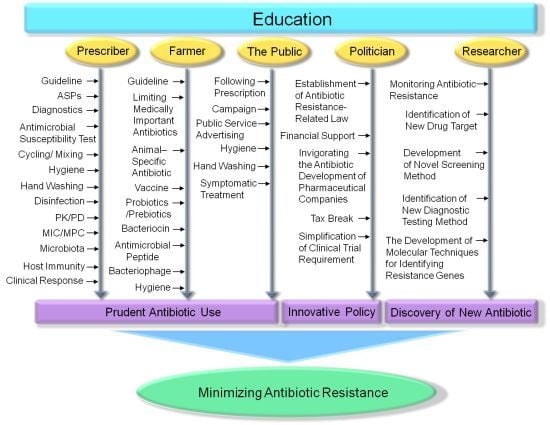Strategies to Minimize Antibiotic Resistance
Abstract
Share and Cite
Lee, C.-R.; Cho, I.H.; Jeong, B.C.; Lee, S.H. Strategies to Minimize Antibiotic Resistance. Int. J. Environ. Res. Public Health 2013, 10, 4274-4305. https://doi.org/10.3390/ijerph10094274
Lee C-R, Cho IH, Jeong BC, Lee SH. Strategies to Minimize Antibiotic Resistance. International Journal of Environmental Research and Public Health. 2013; 10(9):4274-4305. https://doi.org/10.3390/ijerph10094274
Chicago/Turabian StyleLee, Chang-Ro, Ill Hwan Cho, Byeong Chul Jeong, and Sang Hee Lee. 2013. "Strategies to Minimize Antibiotic Resistance" International Journal of Environmental Research and Public Health 10, no. 9: 4274-4305. https://doi.org/10.3390/ijerph10094274
APA StyleLee, C.-R., Cho, I. H., Jeong, B. C., & Lee, S. H. (2013). Strategies to Minimize Antibiotic Resistance. International Journal of Environmental Research and Public Health, 10(9), 4274-4305. https://doi.org/10.3390/ijerph10094274






